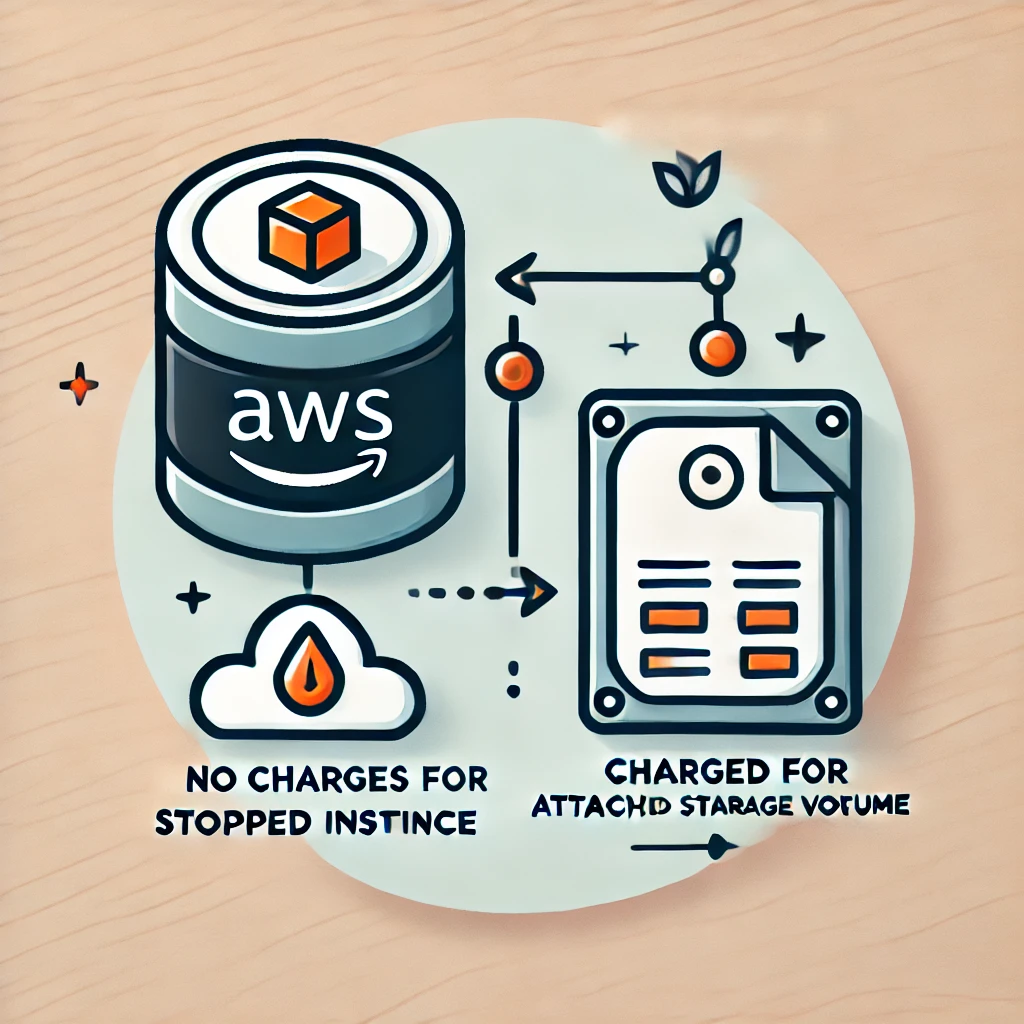How to Name an EC2 Instance in CloudFormation: A Simple Guide
Are you struggling to give your EC2 instances meaningful names in CloudFormation? This guide will show you exactly how to do it using tags and the instance name property. We’ll cover multiple methods with clear examples.
Why Name Your EC2 Instances?
Naming your EC2 instances helps you:
- Easily identify instances in the AWS console
- Track resources for billing
- Manage multiple environments
- Troubleshoot issues faster
Begin by creating a basic CloudFormation template. You can use either JSON or YAML format. For simplicity, we’ll use YAML in the following examples.
Method 1: Using the Tags Property
The simplest way to name an EC2 instance is by using AWS tags. “Name” tag is important and case-sensitive. Here’s how:
Resources:
MyEC2Instance:
Type: AWS::EC2::Instance
Properties:
ImageId: ami-0abc123def456
InstanceType: t2.micro
Tags:
- Key: Name
Value: MyWebServerThis example names your EC2 instance “MyWebServer” in the AWS console.
Method 2: Using Dynamic Names
Often, you’ll want to create dynamic names using parameters or other resources. Here’s how:
Parameters:
EnvironmentName:
Type: String
Default: dev
Resources:
MyEC2Instance:
Type: AWS::EC2::Instance
Properties:
ImageId: ami-0abc123def456
InstanceType: t2.micro
Tags:
- Key: Name
Value: !Sub ${EnvironmentName}-webserverThis example creates names like “dev-webserver” or “prod-webserver” based on the environment parameter.
Method 3: Using Fn::Join for Complex Names
For more complex naming patterns, use Fn::Join:
FN::Join is one of the most powerful AWS Cloudformation Intrinsic function to create different text patterns.
Resources:
MyEC2Instance:
Type: AWS::EC2::Instance
Properties:
ImageId: ami-0abc123def456
InstanceType: t2.micro
Tags:
- Key: Name
Value: !Join
- '-'
- - !Ref 'AWS::StackName'
- 'webserver'
- !Ref 'AWS::Region'This creates names like “mystack-webserver-us-east-1“. When creating this cloudformation template you gave name “mystack”. Here in this join statement, it is concatenating all the names and using “-” as separator.
Best Practices for EC2 Instance Naming
- Use consistent naming conventions
- Include the environment (dev, prod, staging)
- Add the instance purpose (web, db, cache)
- Consider including the region for multi-region deployments
Common Issues and Solutions
Problem: Names Not Appearing
Make sure:
- The “Name” tag key is spelled correctly
- You’re using the correct case (it’s case-sensitive)
- The tags section is properly indented
Problem: Invalid Characters
Stick to:
- Letters (a-z, A-Z)
- Numbers (0-9)
- Hyphens and underscores
- Avoid spaces and special characters
Conclusion
Naming EC2 instances in CloudFormation is straightforward once you understand the basics. Start with simple tags for basic naming, and progress to dynamic naming as your needs grow.
Remember to maintain consistent naming conventions across your infrastructure to make management easier in the long run.





